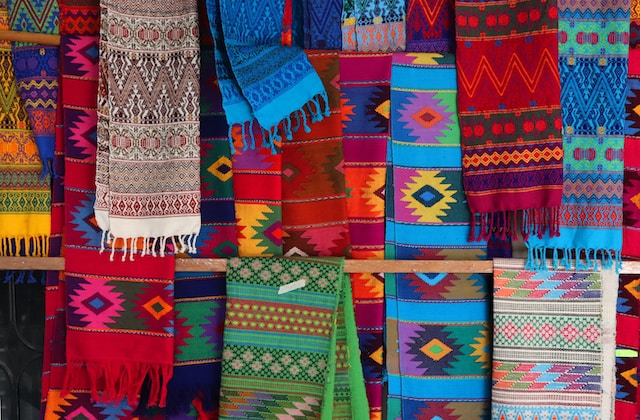Art is a timeless language that has evolved across centuries, reflecting the changing worldviews, technologies, and societal values of different eras. This article delves into the intriguing comparison between modern art and the art of the past, exploring the shifts in style, purpose, and perception that distinguish these two facets of artistic expression.
Artistic Movements:
One of the defining features of modern art is the proliferation of artistic movements. From Impressionism to Cubism, Surrealism to Abstract Expressionism, modern art has seen an explosion of innovative styles that challenge traditional norms. Each movement represents a break from the conventions of the past and an exploration of new artistic territories.
Expression vs. Representation:
Art of the past often aimed for a faithful representation of reality, striving for accuracy and detail. In contrast, modern art often prioritizes self-expression, abstraction, and the conveyance of emotions and ideas over realistic representation. This shift reflects changing attitudes toward the purpose of art.
The Role of Technology:
The advent of photography in the 19th century had a profound impact on art. It freed artists from the need to depict reality with photographic precision, allowing them to explore more abstract and subjective forms of expression. In the modern era, technology continues to influence art, with digital media and virtual reality expanding the possibilities of artistic creation.

Breaking with Tradition:
Modern art often challenges the traditional rules of composition, perspective, and color. It embraces unconventional materials and techniques, blurring the lines between various artistic disciplines. This departure from tradition has led to both innovation and controversy.
The Concept of Beauty:
Art of the past frequently adhered to established notions of beauty and aesthetics. Modern art, on the other hand, redefines beauty by exploring the unconventional, the provocative, and the challenging. It invites viewers to question their preconceived notions of what is beautiful.
Social and Political Commentary:
Modern art often serves as a platform for social and political commentary. Artists use their work to address pressing issues, challenge the status quo, and provoke thought and discussion. This engagement with societal concerns sets modern art apart from much of the art of the past.
Accessibility and Inclusivity:
Modern art strives to be more accessible and inclusive. It seeks to break down the barriers that may have once excluded certain groups from engaging with art. Museums and galleries increasingly emphasize diversity and representation in their collections.
Subjectivity and Interpretation:
Modern art frequently leaves room for interpretation, inviting viewers to engage actively with the artwork. The meaning of a modern piece can vary greatly from person to person, encouraging a more personal and subjective connection with the art.
Preservation and Conservation:
The conservation of modern art presents unique challenges due to the use of unconventional materials and experimental techniques. Preserving these works for future generations requires innovative approaches and ongoing research.
Conclusion – A Continuum of Creative Expression:
Modern art and the art of the past are not in opposition but rather part of a continuum of creative expression. Each era contributes to the rich tapestry of human culture, offering different perspectives, sensibilities, and artistic languages. As we appreciate the distinctive qualities of both, we come to understand that art, in all its forms, is a mirror reflecting the ever-evolving narrative of our shared human experience. Whether ancient or contemporary, art is a testament to our capacity for imagination, creativity, and the ceaseless quest to capture the essence of our existence on canvas, in stone, or through any medium that our ingenuity can conceive.




